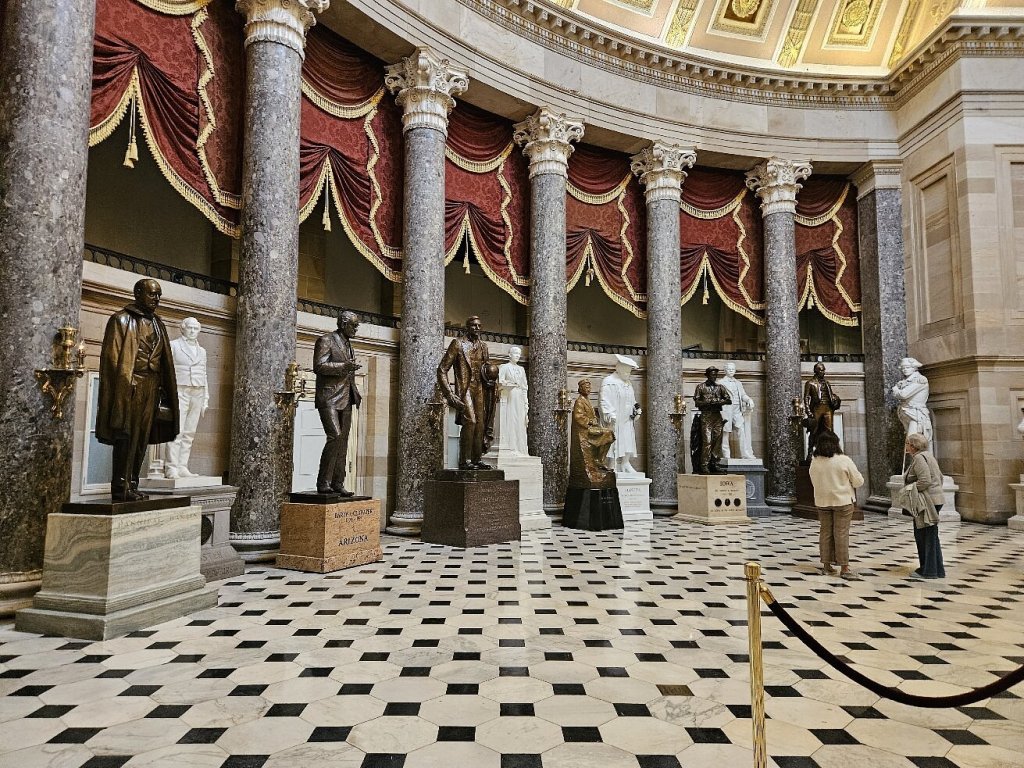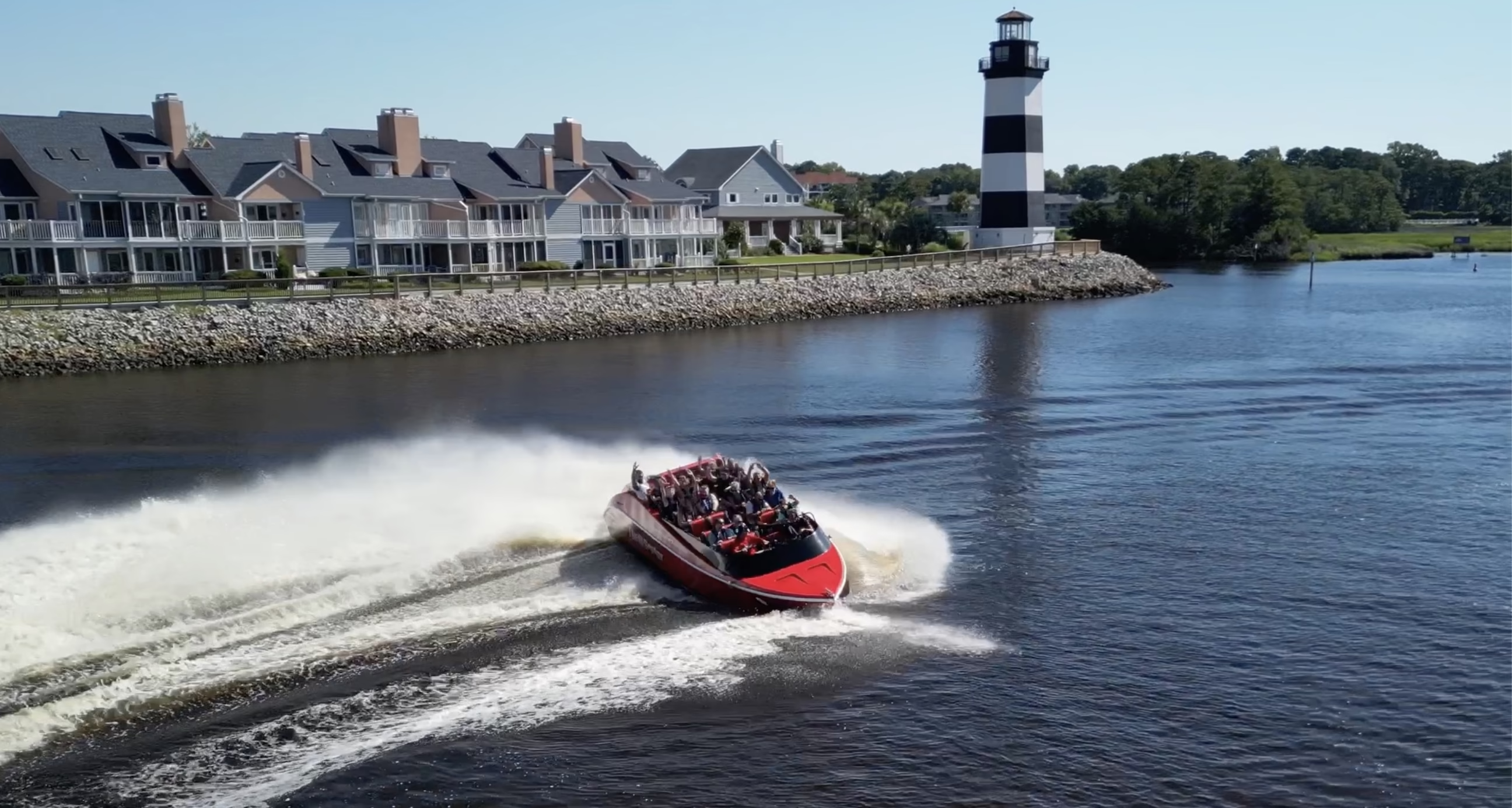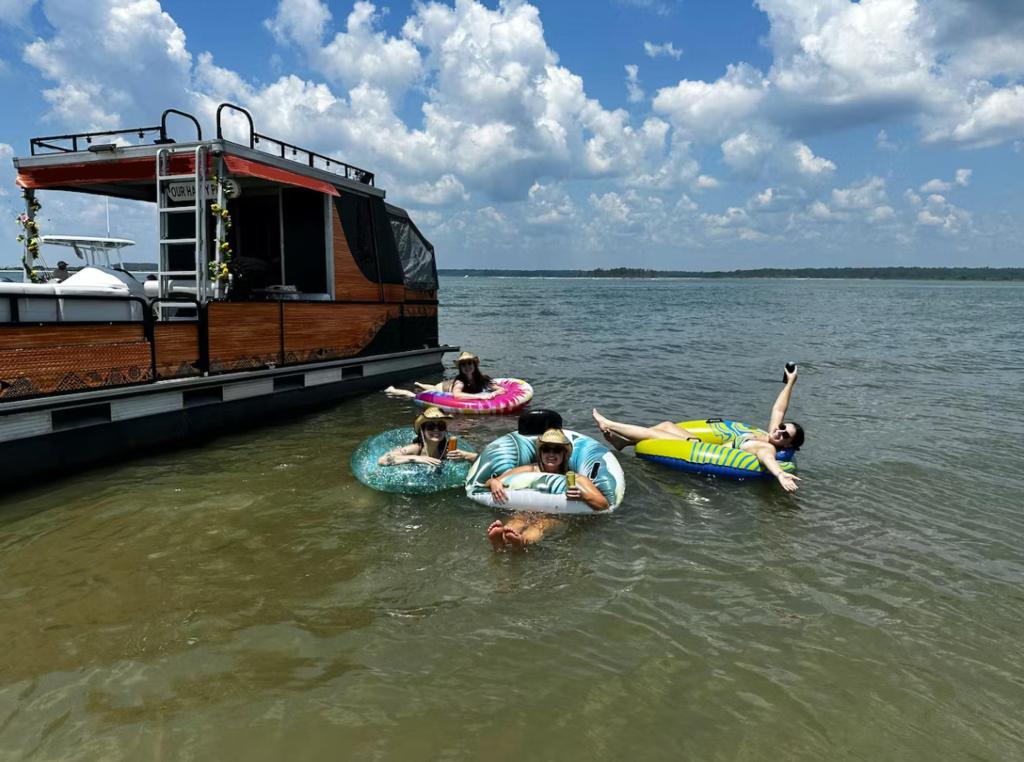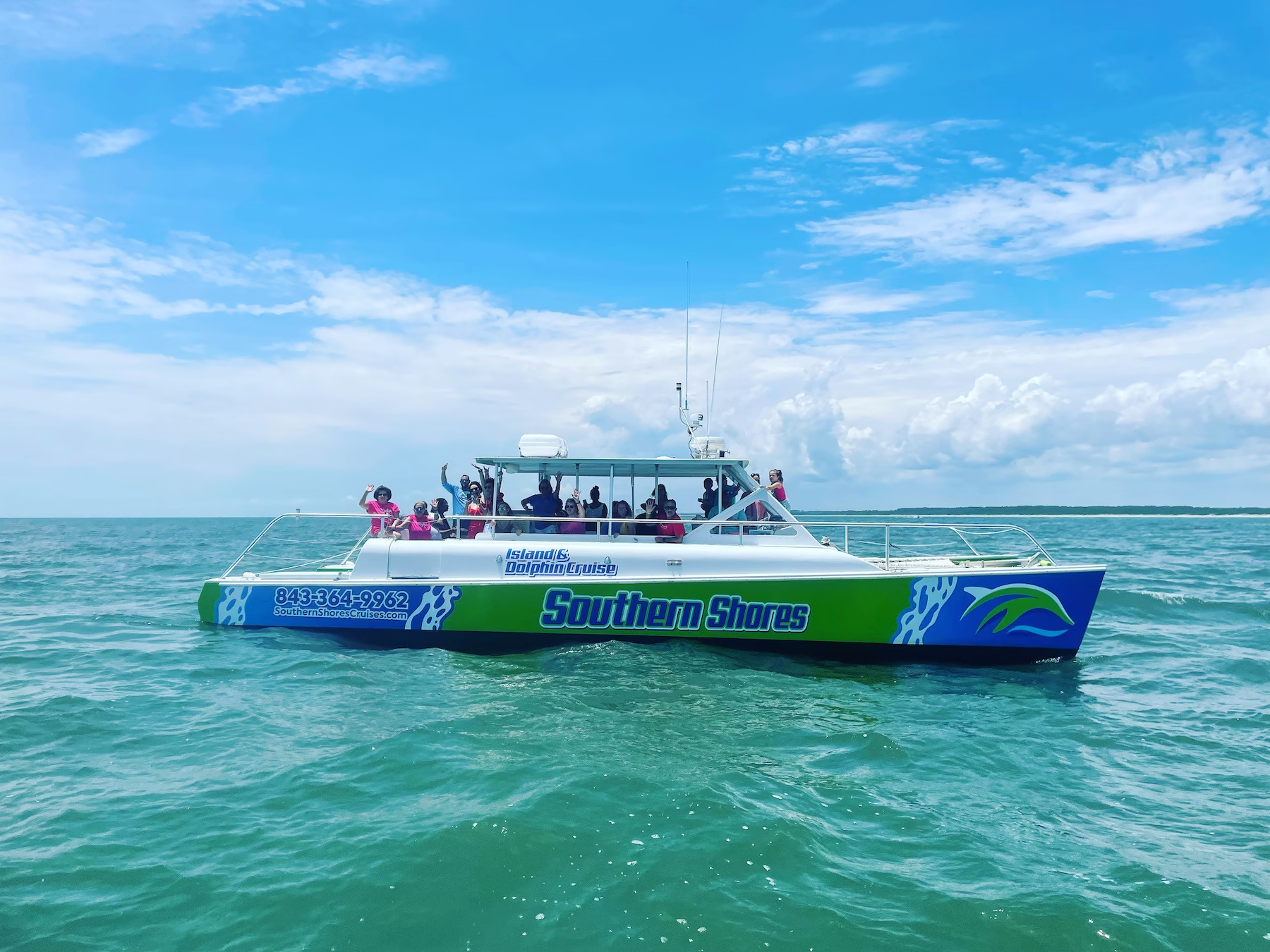Politics and travel intersect quite a bit.
I’ve always found that interesting because, as a traveler who left her home at age 18, I’m not one for politicking. Neither are my international friends.
As an immigrant living outside the US, my border-hopping lifestyle is based on the notions of freedom, cultural exchange, and global unity. (I have hugged a few trees in my time—why do you ask?) Though national borders aren’t up for debate, travelers often seek to move fluidly between them, like little political chimeras.
But international relations, social movements, and similar political topics impact how we travel and where we go.
The US Department of State has a long and clear list of travel advisories for Americans. These are designed to protect us as we head abroad. Recently, the US also updated its list of travel bans, which will affect how non-Americans visit, study, and work in our country.
Topics like these also move in reverse.
Last year, I covered the ACLED listing the US as a conflict-ridden country thanks to our social climate. We weren’t the only Western country to earn a spot; Canada and France wound up on the list for the same reason.
Recently, however, ten countries have launched new advisories for citizens heading into the United States.
Which countries have released travel alerts—and will they impact the future of travel in the United States? Let’s dig in.
These ten countries just listed travel alerts
In March 2025, these ten countries issued official state travel advisories for citizens heading into the United States:
- Canada
- Denmark
- Finland
- France
- Ireland
- Germany
- Netherlands
- New Zealand
- Portugal
- United Kingdom
Why did they post travel alerts about the US?
I’m not a politician; I’m a traveler. If you want to dive deep into the motivations behind these travel advisories, I suggest you let the great minds at BBC or a similar publication do the teaching.
Here’s the gist: the US is rolling out a strict border enforcement approach that has seen Canadians and European travelers detained upon arrival or exit. Detentions have been questionable, even for travelers who have the necessary entry requirements and permits.
The UK’s official warning, for example, reads, “You should comply with all entry, visa and other conditions of entry. The authorities in the U.S. set and enforce entry rules strictly. You may be liable to arrest or detention if you break the rules.”
That’s a fairly tame warning, in my opinion. As an international traveler, I assume the same is true for every country I set foot in. I must follow their requirements to the T or risk being sent home.
Here’s my takeaway: many countries that were once lenient about travel requirements are starting to buckle down. The same is true in Mexico, which is now requiring Americans to fill out FMM forms upon entering the country.
Are travelers canceling their plans to the US?
Some reports from Statistics Canada have found that border crossings from Canada into the US have dropped by 20% as of February 2025.
That being said, canceling a road trip across the border is a lot different than axing a vacation from Scotland to Los Angeles, for example.
In other words, it’s too soon to tell whether travelers heading to the US will cancel trips that are already planned and paid for. However, the travel sector is economically bracing for a dip in travel figures, with Tourism Economics predicting an overall decline of 5.5%.











